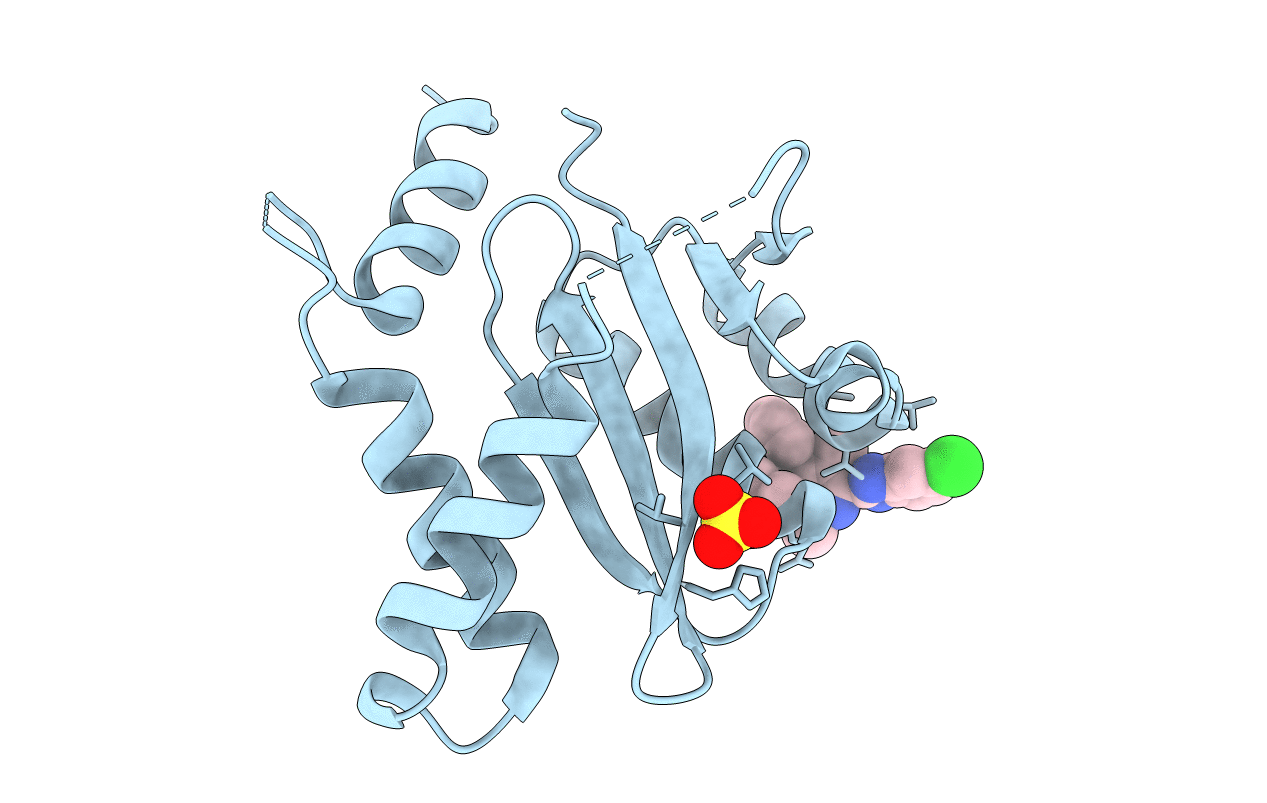
Deposition Date
2013-12-19
Release Date
2014-07-02
Last Version Date
2024-11-06
Entry Detail
PDB ID:
4O5B
Keywords:
Title:
HIV-1 Integrase Catalytic Core Domain Complexed with Allosteric Inhibitor (2S)-tert-butoxy[6-(5-chloro-1H-benzimidazol-2-yl)-2,5-dimethyl-4-phenylpyridin-3-yl]ethanoic acid
Biological Source:
Source Organism:
Human immunodeficiency virus type 1 (Taxon ID: 11698)
Host Organism:
Method Details:
Experimental Method:
Resolution:
2.37 Å
R-Value Free:
0.23
R-Value Work:
0.18
R-Value Observed:
0.18
Space Group:
P 31 2 1


